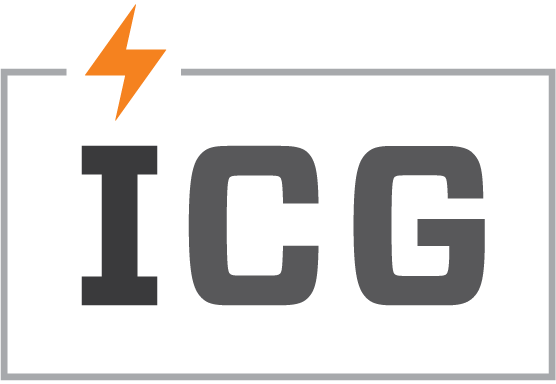In our first installment of Get the Most Out of Your VISUAL ERP, we initiated a conversation about the frustration manufacturing leaders experience with their ERP’s performance and utilization. It was revealed that many organizations are not fully harnessing their ERP’s potential. Your VISUAL ERP is constantly evolving and adding features, and some organizations find staying current a struggle. Understanding the full capabilities of your ERP and how it will help your business is the first step to maximizing your potential as an organization. Unlocking the full capacity of your ERP enhances business efficiency, output, and overall capabilities, whereas underutilization obscures the rich benefits it can offer.
Achieving success with an ERP system requires organizations to scrutinize their ERP operations meticulously. Without understanding why the ERP isn’t meeting the needs of the organization, identifying areas for improvement becomes challenging. A business systems review (BSR) conducts a gap analysis, bridging the desired functionality of your system with the necessary steps to achieve it. This process evaluates the strengths and weaknesses of your ERP’s performance and utilization within your business and is an easy way to stay current and reap the full benefits of your VISUAL ERP.
What does a Business Systems Review Accomplish?A Business Systems Review (BSR) entails assessing your current state and planning the necessary steps to transition into your desired future state. Engaging a third party for the BSR ensures an objective, fair and accurate execution. Processes are the secret sauces of manufacturing, and you want to make sure your sauces are made right. A properly performed BSR will accomplish several tasks: |
|
|
Discover: |
Share your company’s goals and directions to ensure a comprehensive understanding of the current business processes. These objectives, whether focused on growth, sales, or process improvements, are tailored to your specific business needs. Establishing this foundation is crucial to supporting new solutions effectively. |
|
Design: |
Engage with key personnel to structure the necessary solutions, categorizing them into process flow, automation, and manual components. Examine all processes across departments, highlighting daily interactions with the ERP. This assessment unveils gaps in your processes, procedures, and ERP capabilities. From there, we will design and document the required solutions in the BSR, determining the suitable processes and components to meet the business needs. |
|
Plan of Action: |
The objective is to identify capabilities that align with your goals and extract value from your investments. We’ll devise a plan to seamlessly integrate ERP functions into all your business processes and, if needed, curate a custom list of key ERP or distribution software tailored to your business objectives. Realistic solutions and budgeting are developed to address gaps in ERP performance and utilization before establishing a timeline and methodology for streamlining transitions with the new solutions. |
|
Deliver: |
Deliver our solutions and plan for your organization through Business Systems Review documentation. Schedule the projects and implement the solutions. It's that easy! |
Through a BSR, you uncover inefficiencies in your system and identify areas for improvement in business processes. On the flip side, it will showcase all the positive aspects of the organization as well. A BSR is the optimal method for maximizing ERP benefits while providing the organization the opportunity to enhance productivity, gain a competitive edge, and boost profitability. If you need help addressing the real issues with your system, ICG is here to help your organization make the right decisions to make your business better.
To schedule a Business Systems Review and discuss your specific ERP needs, please get in touch with us!
VISUAL ERP Quick Tip: Utilizing the Manufacturing Window turns your engineering plans into products and sales through seamless integration with work order and quote creation. The Manufacturing Window is the catalyst for material requirements, cost accounting, capacity planning, production scheduling, and more.


.png)